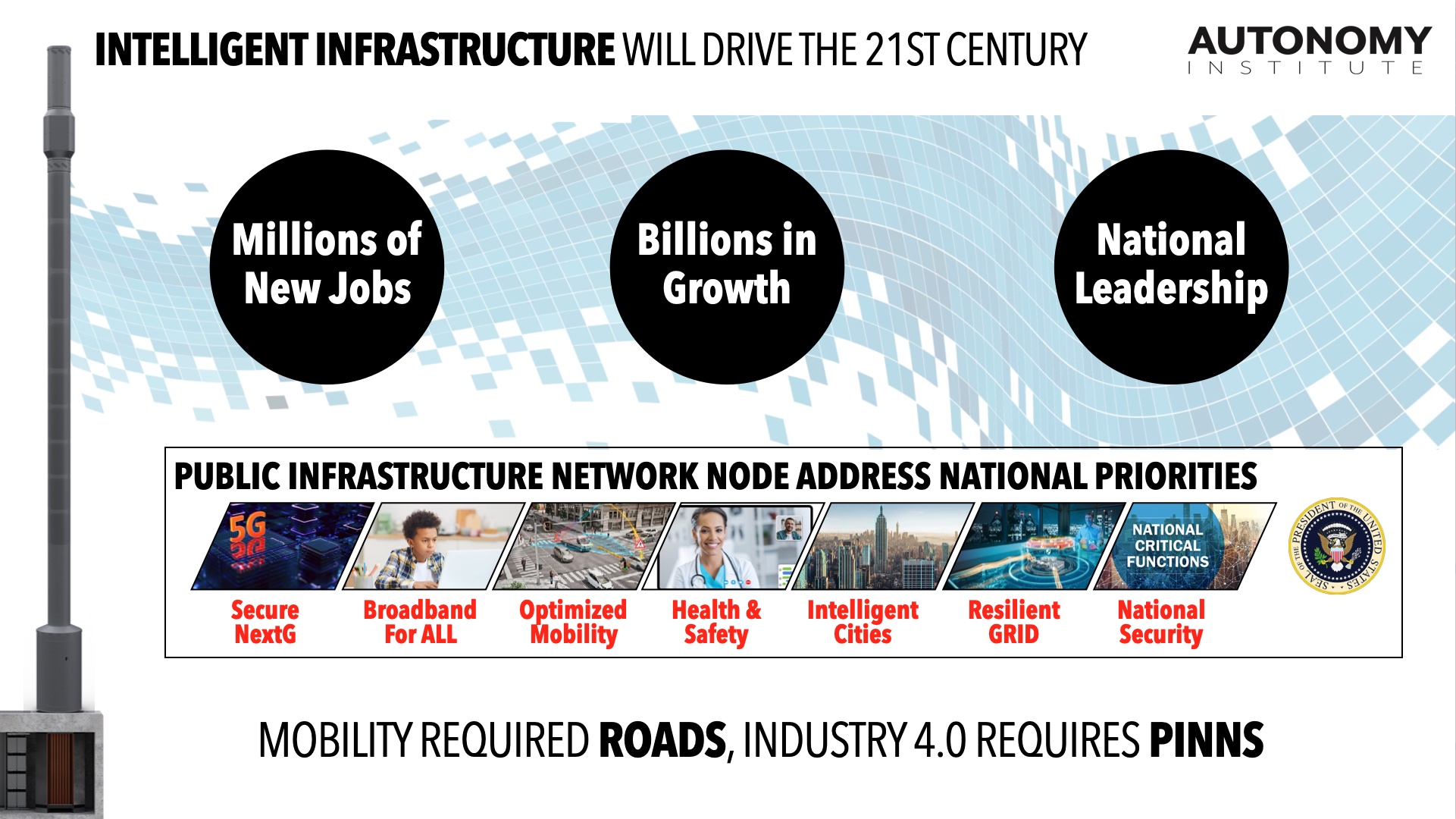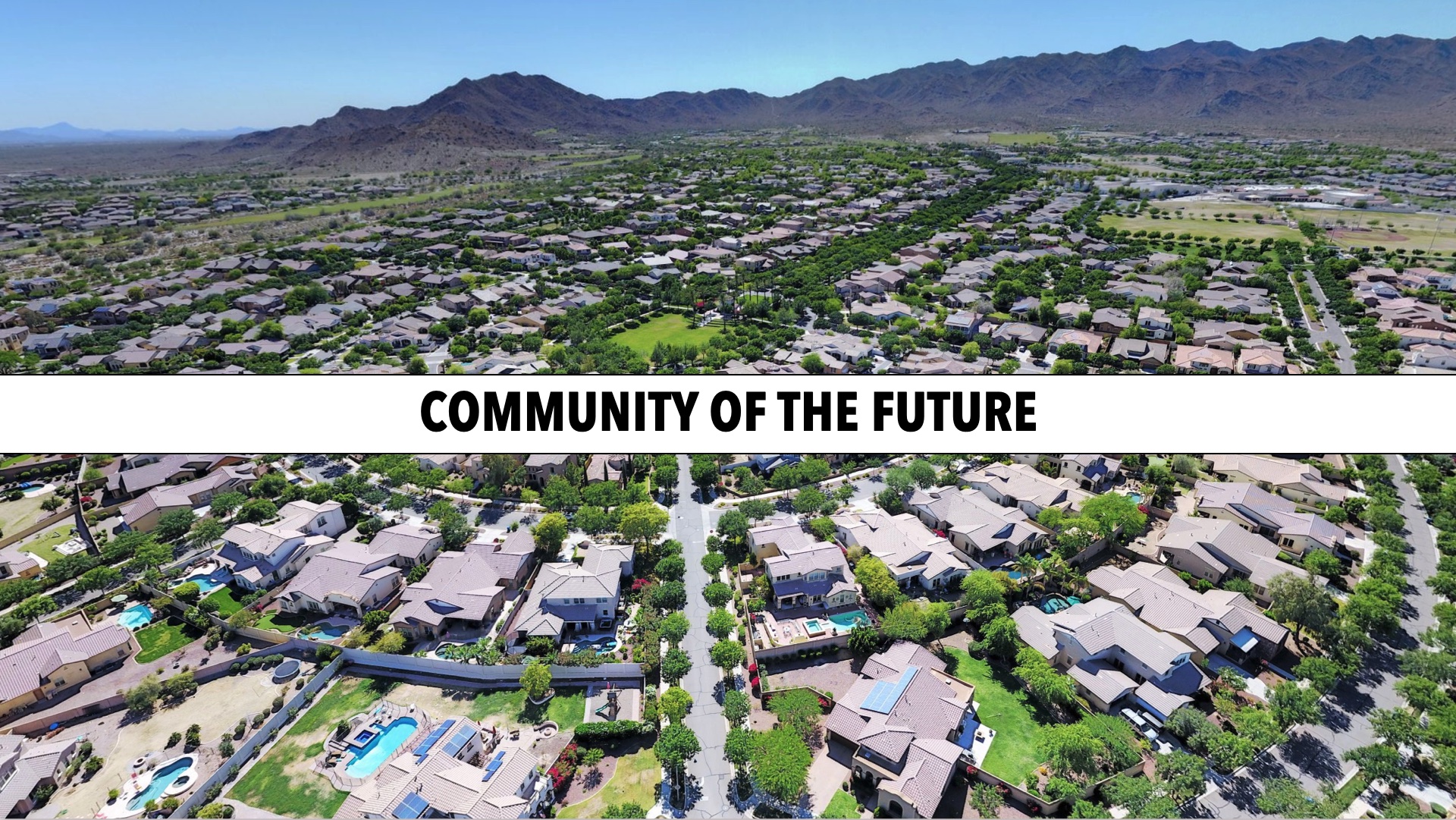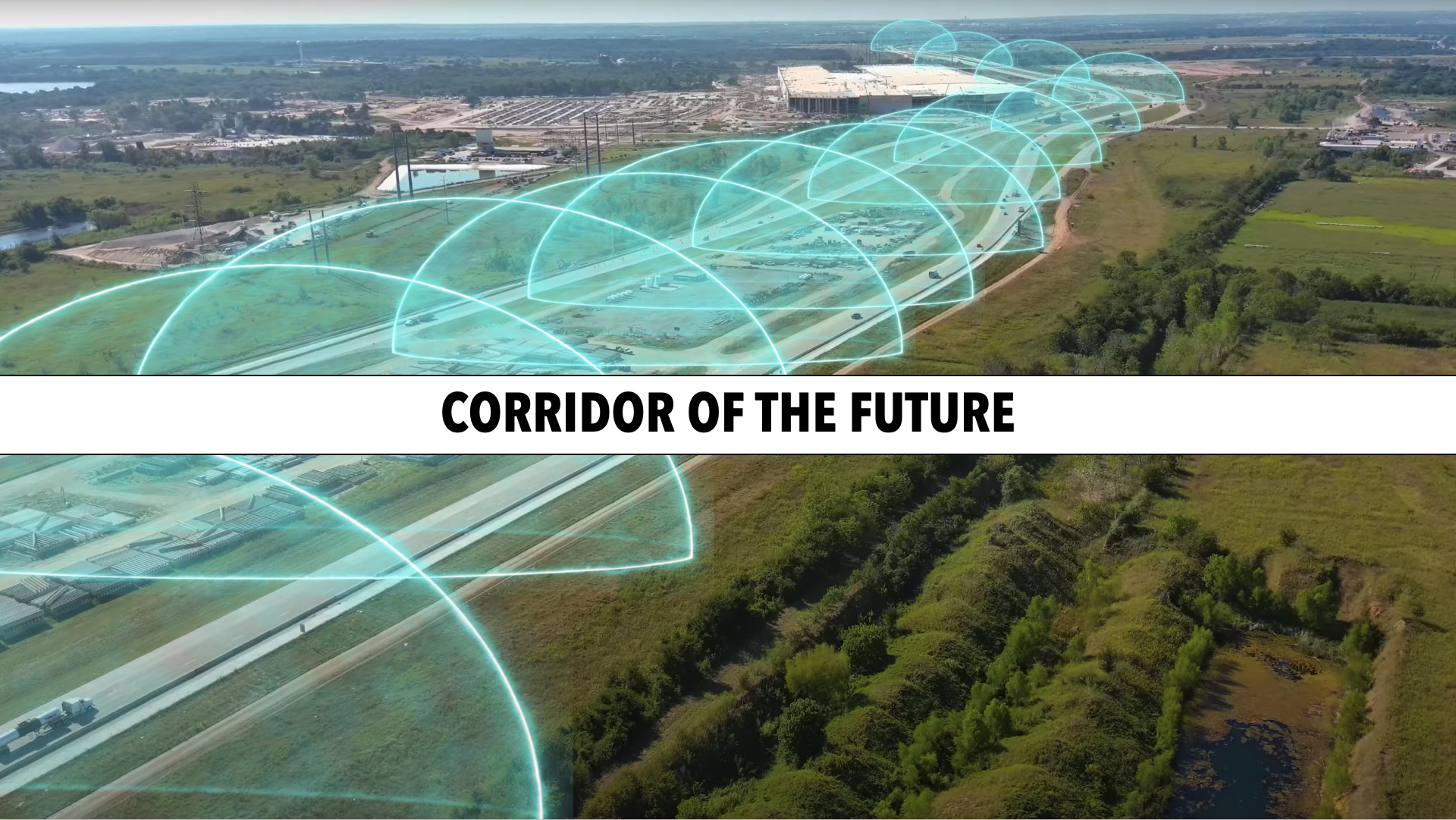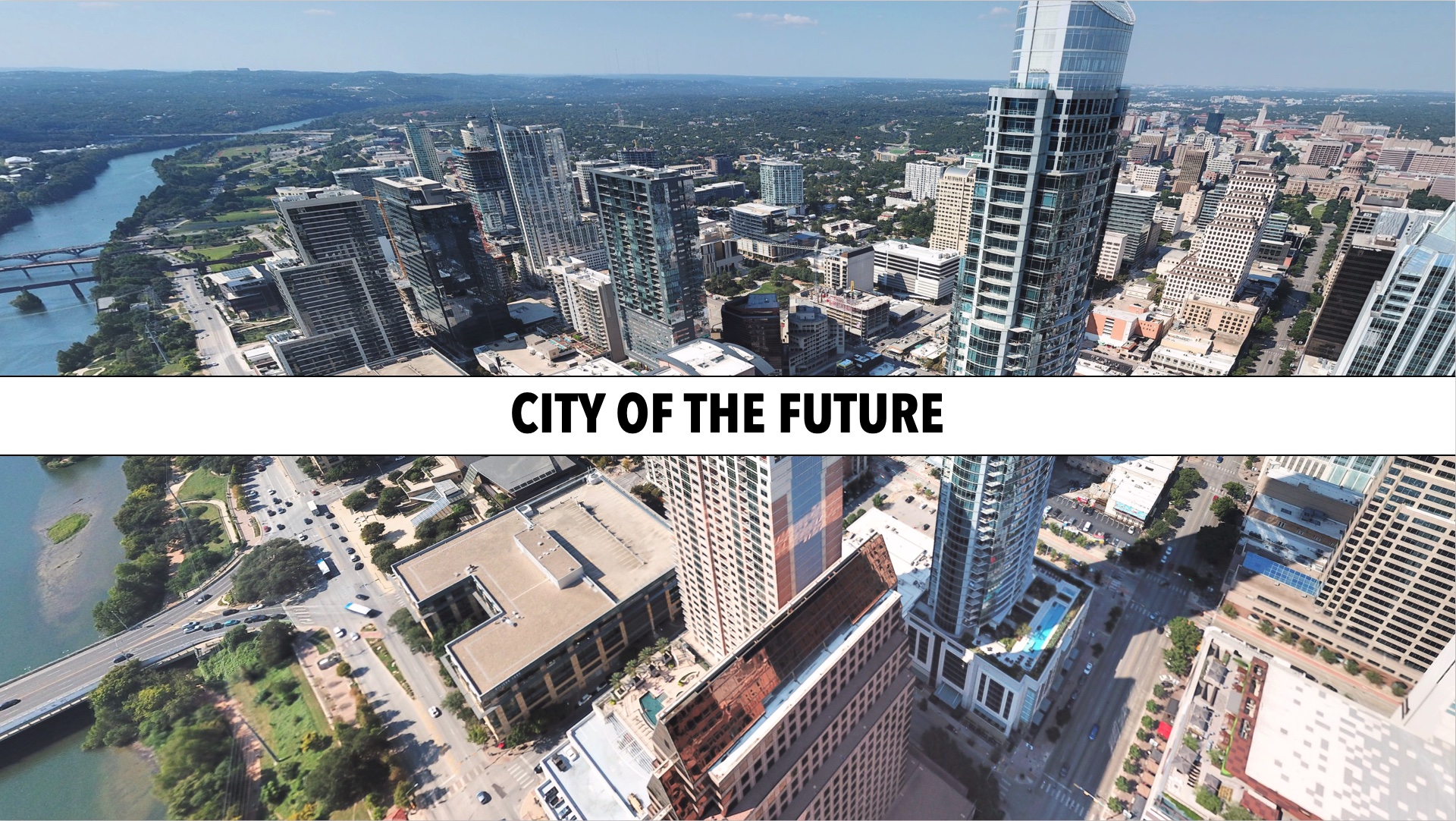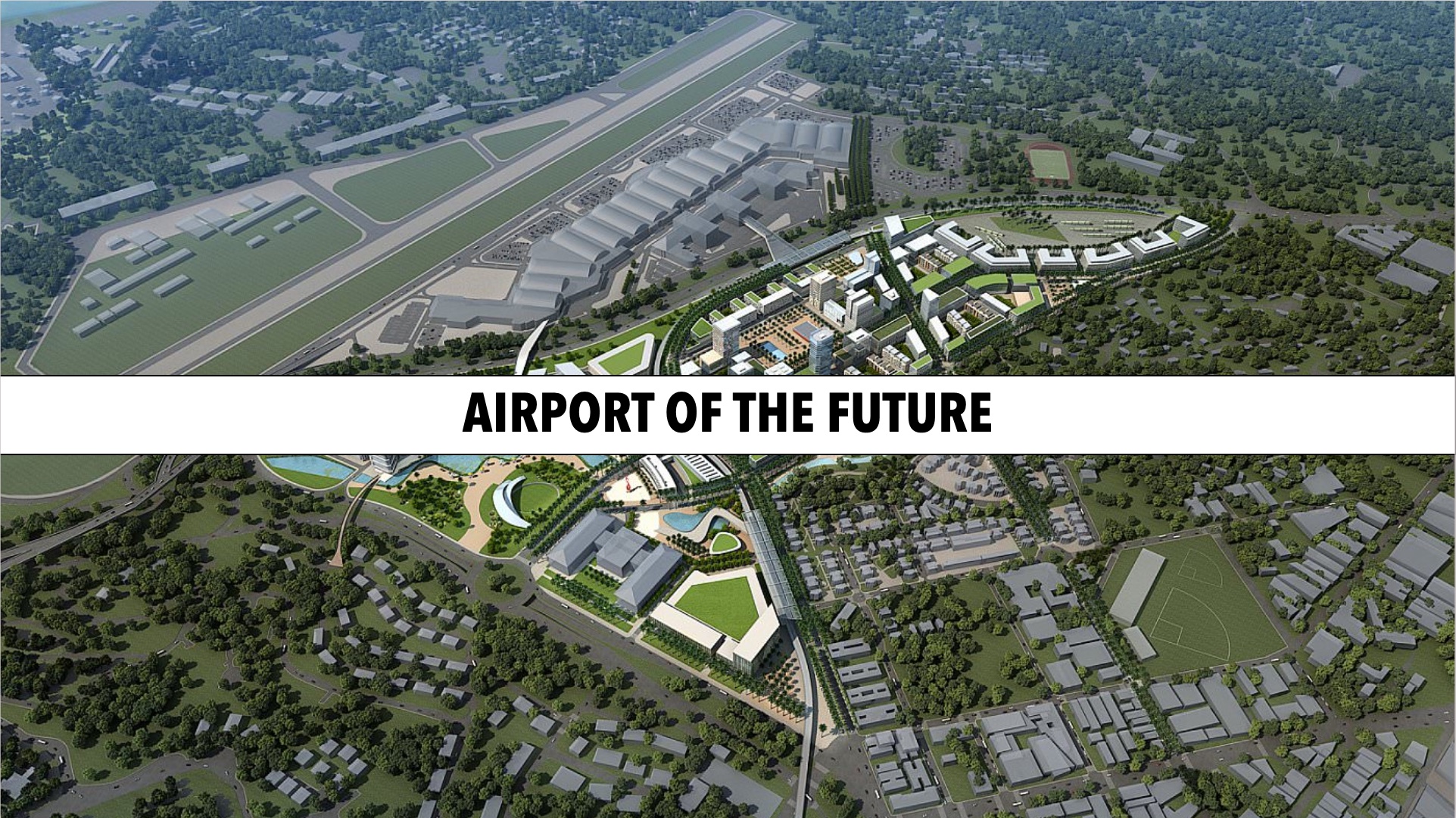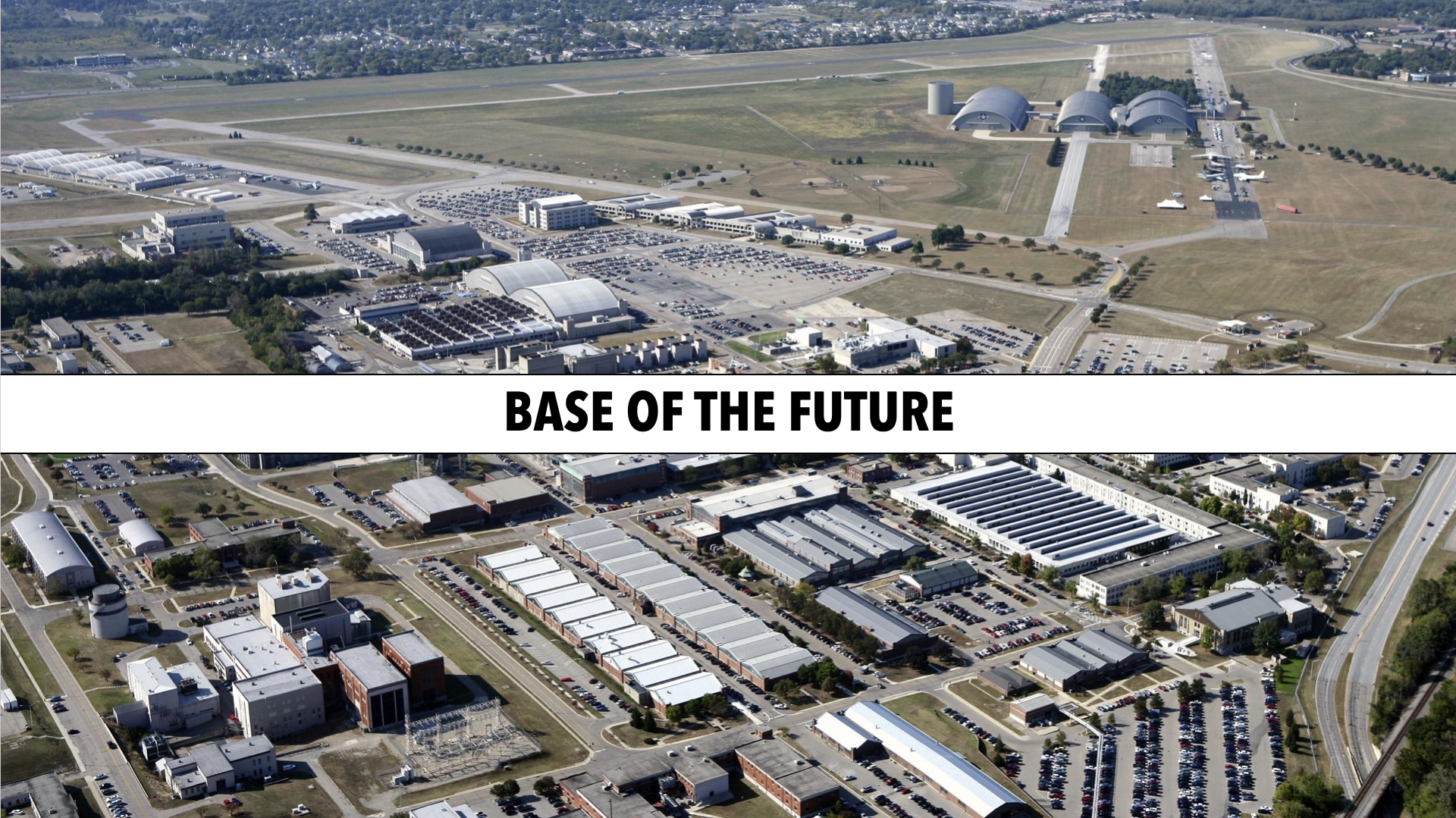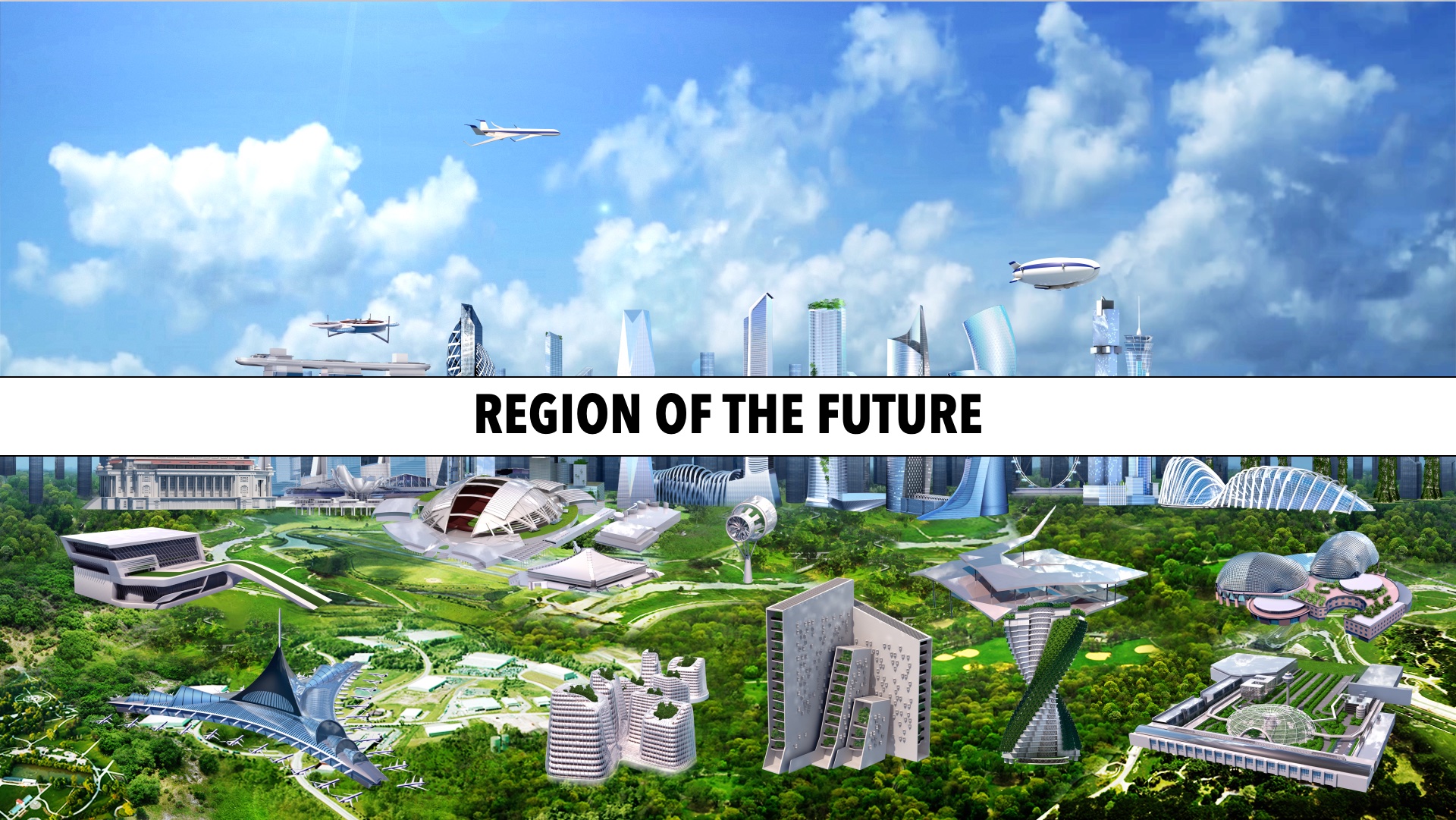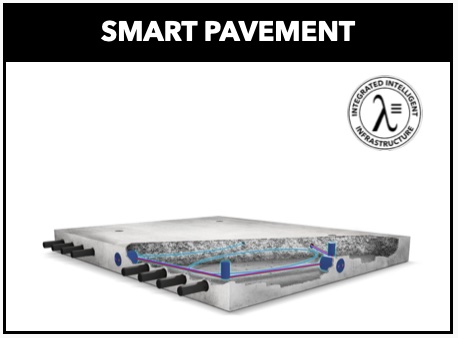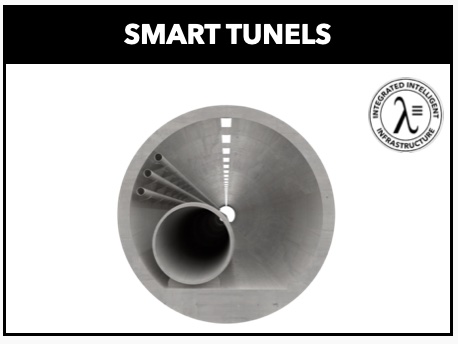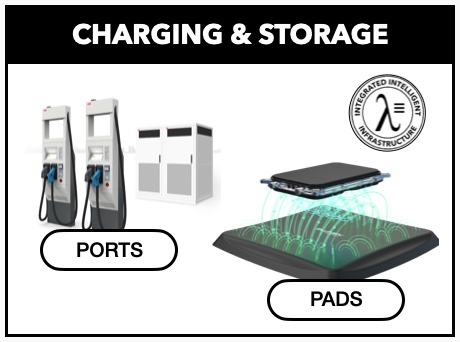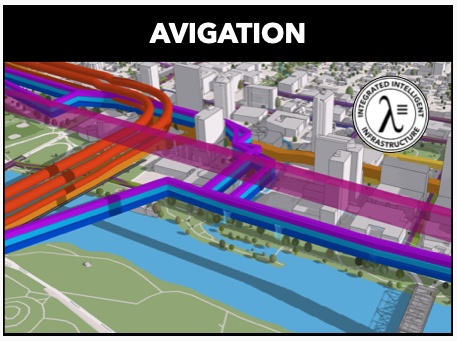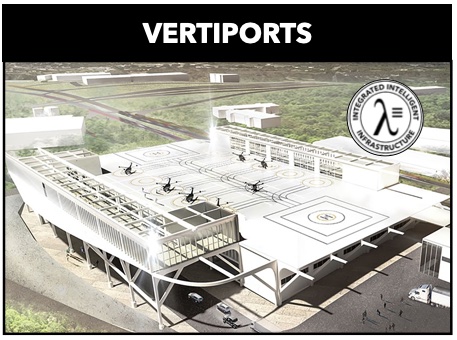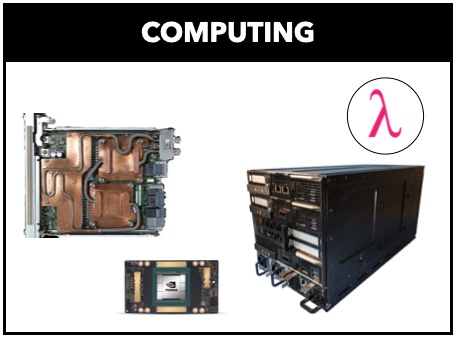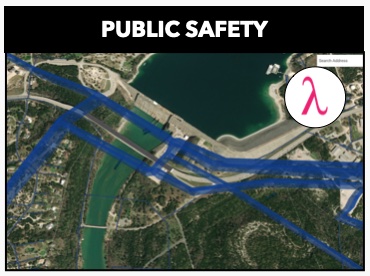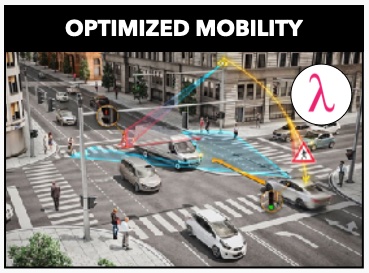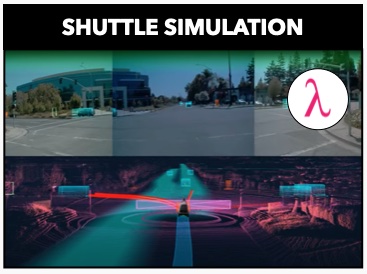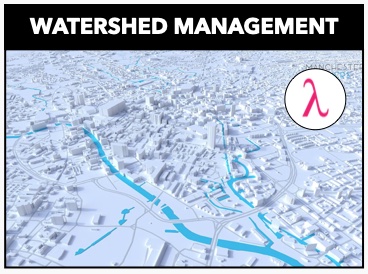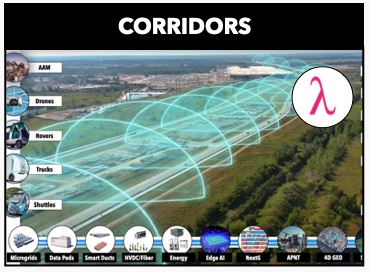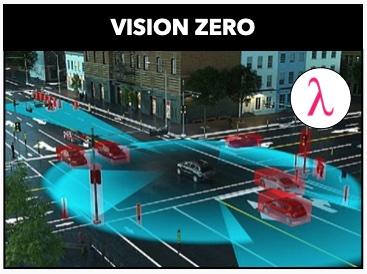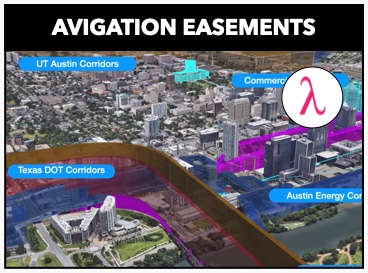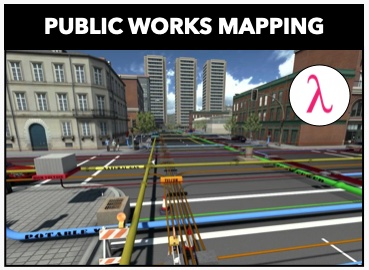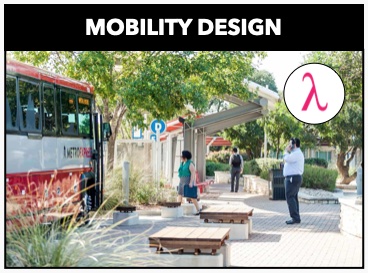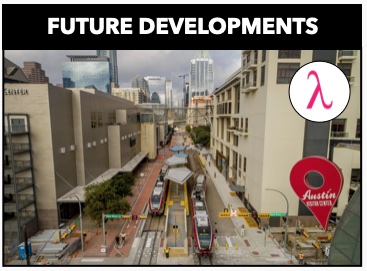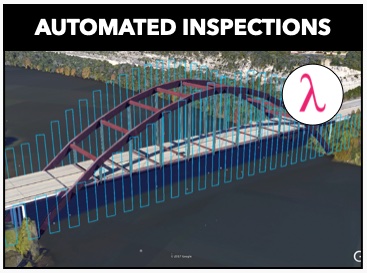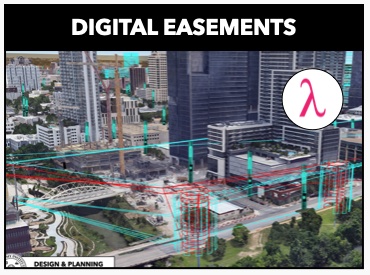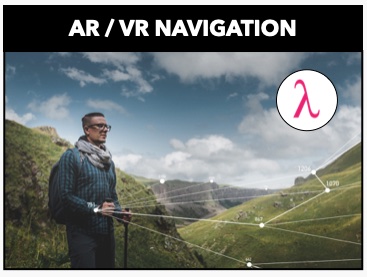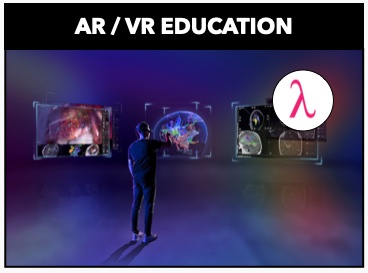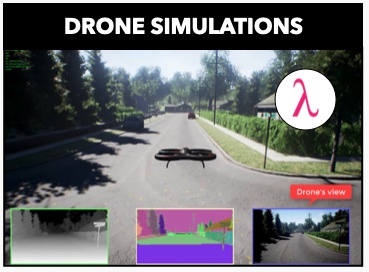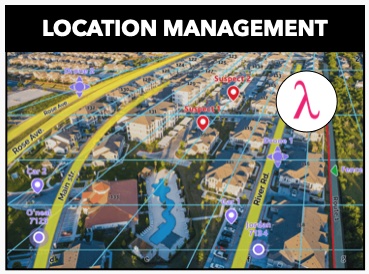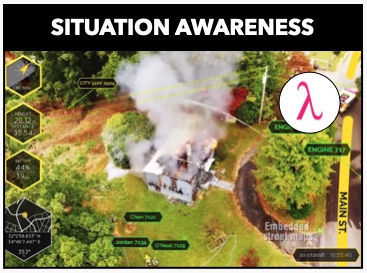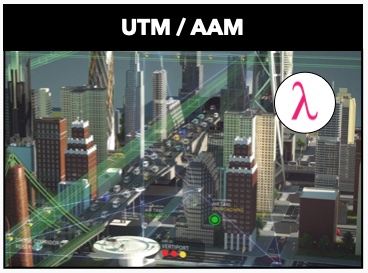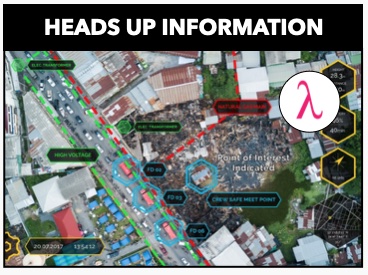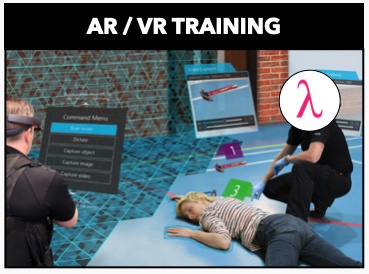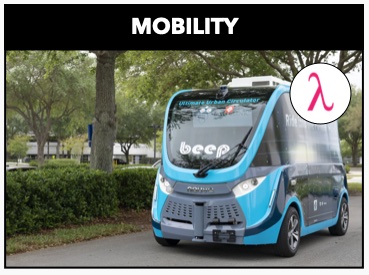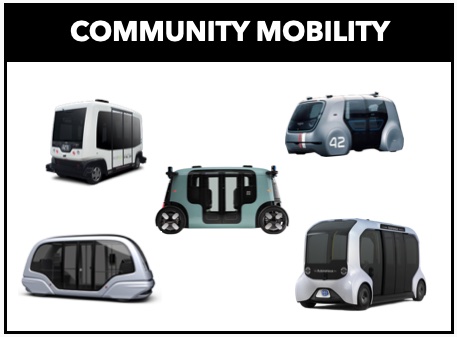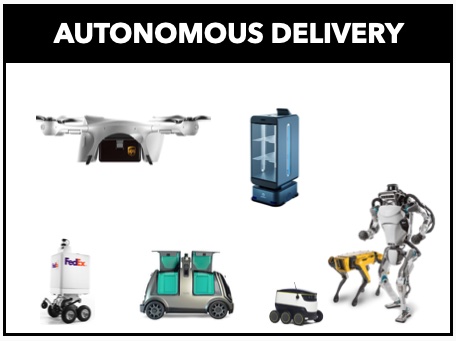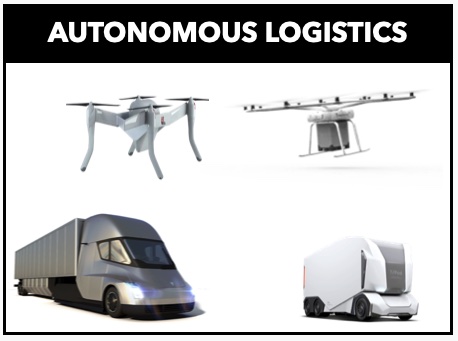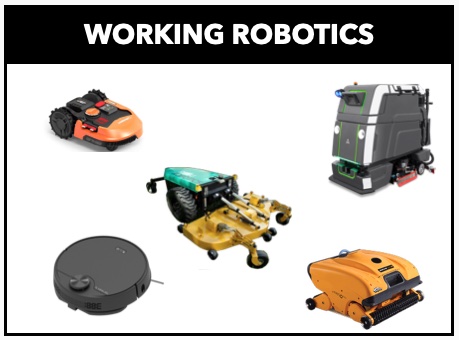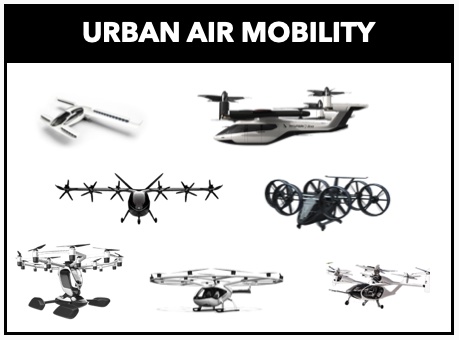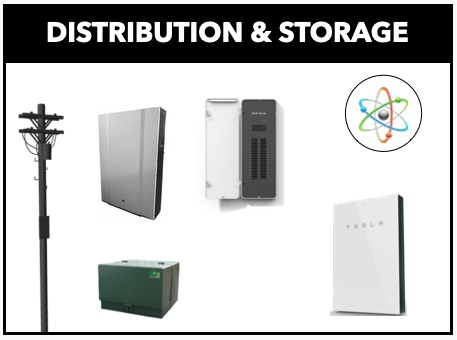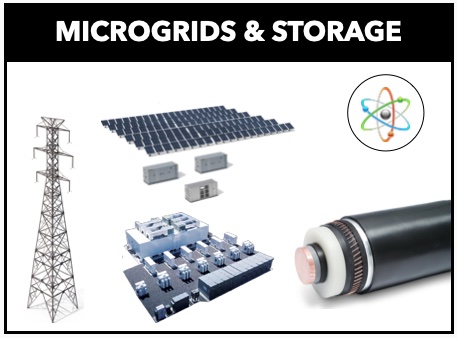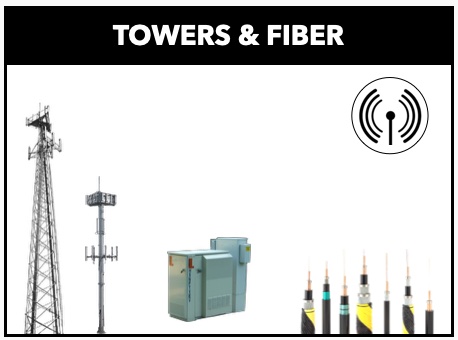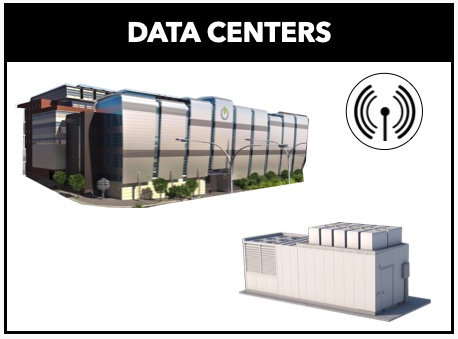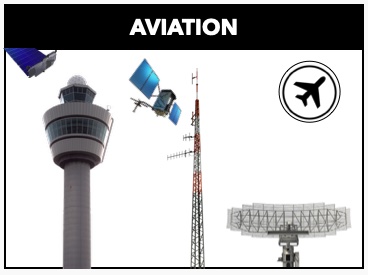INDUSTRY 4.0 REQUIRES INTELLIGENT INFRASTRUCTURE
Investment in a 21st-century Intelligent & Autonomous Infrastructure is among the highest priorities for stimulating economic and job growth. Creating Highways and Byways for the Digital and Autonomous World. Edge computing, NextG wireless, autonomous cars, delivery drones, autonomous shuttles, inspection drones, and trucks, air taxis, etc., all need to be part of, and to share, a common infrastructure. Local governments are struggling today with permitting disparate systems that need to be a single open and intelligent infrastructure. The integration process is ready for a jump start. The country that does this well first will likely capture the preponderance of the economic benefit.
Intelligent Infrastructure (the foundation of ARPA-I) goes well beyond transportation and will be the brains of our economy. Providing advanced city services, resilient and carbon-free economies, closing the technology divide, enabling autonomous systems, and most important; securing data for people, cities, and governments. Creating millions of new jobs and economic growth nationwide.
Billions of dollars are being allocated to Integrated Intelligent Infrastructure (I3) that includes Public Infrastructure Network Nodes (PINN). PINNs will be the key to Industry 4.0 and resilient transportation infrastructure. Time to deploy the 21st-century infrastructure that will drive the largest productivity gain in our nation’s history. PINNs support the five key national priorities – NextG, Rural Broadband, APNT, AI, and Autonomy.
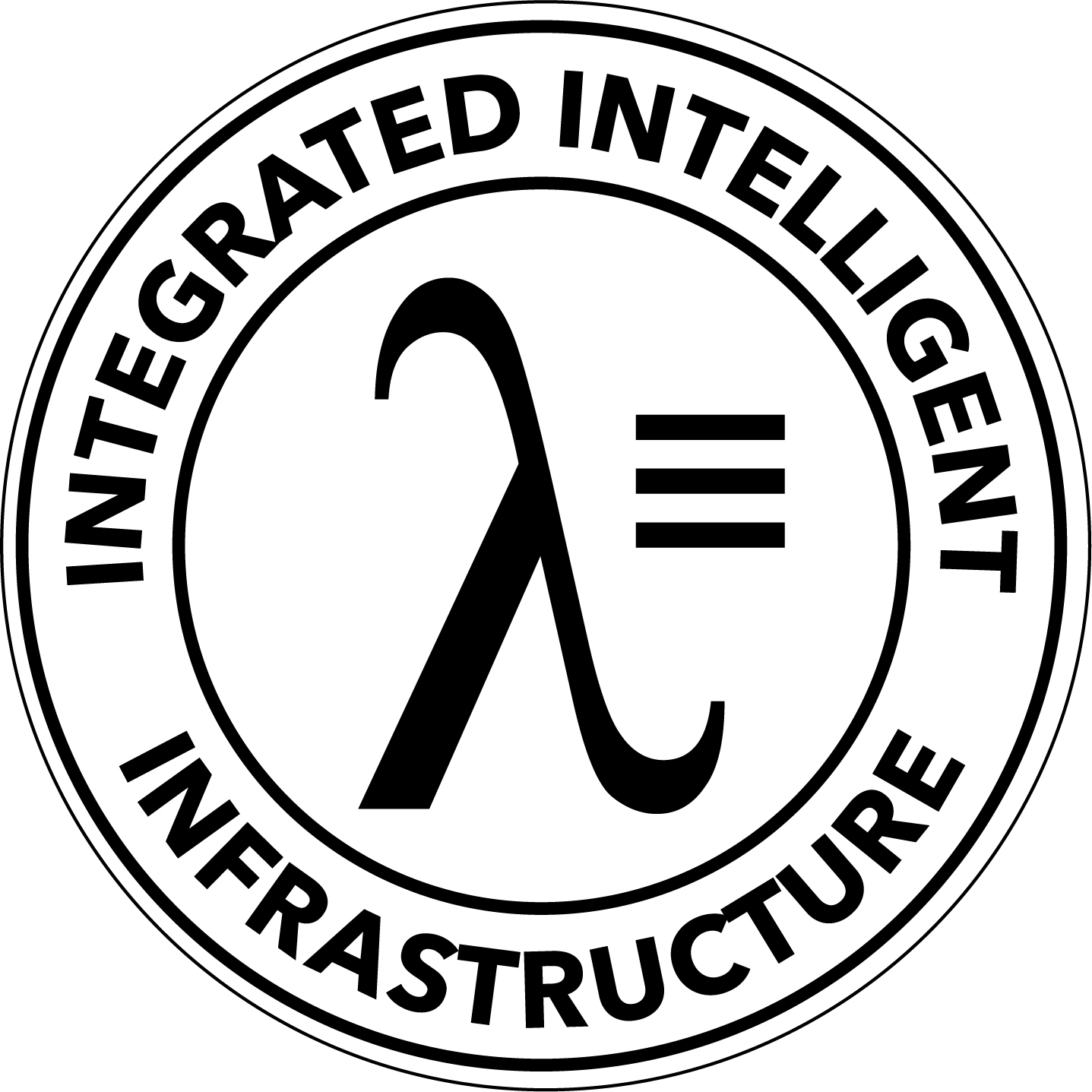
I3 INFRASTRUCTURE IS THE FOUNDATION OF 21ST CENTURY
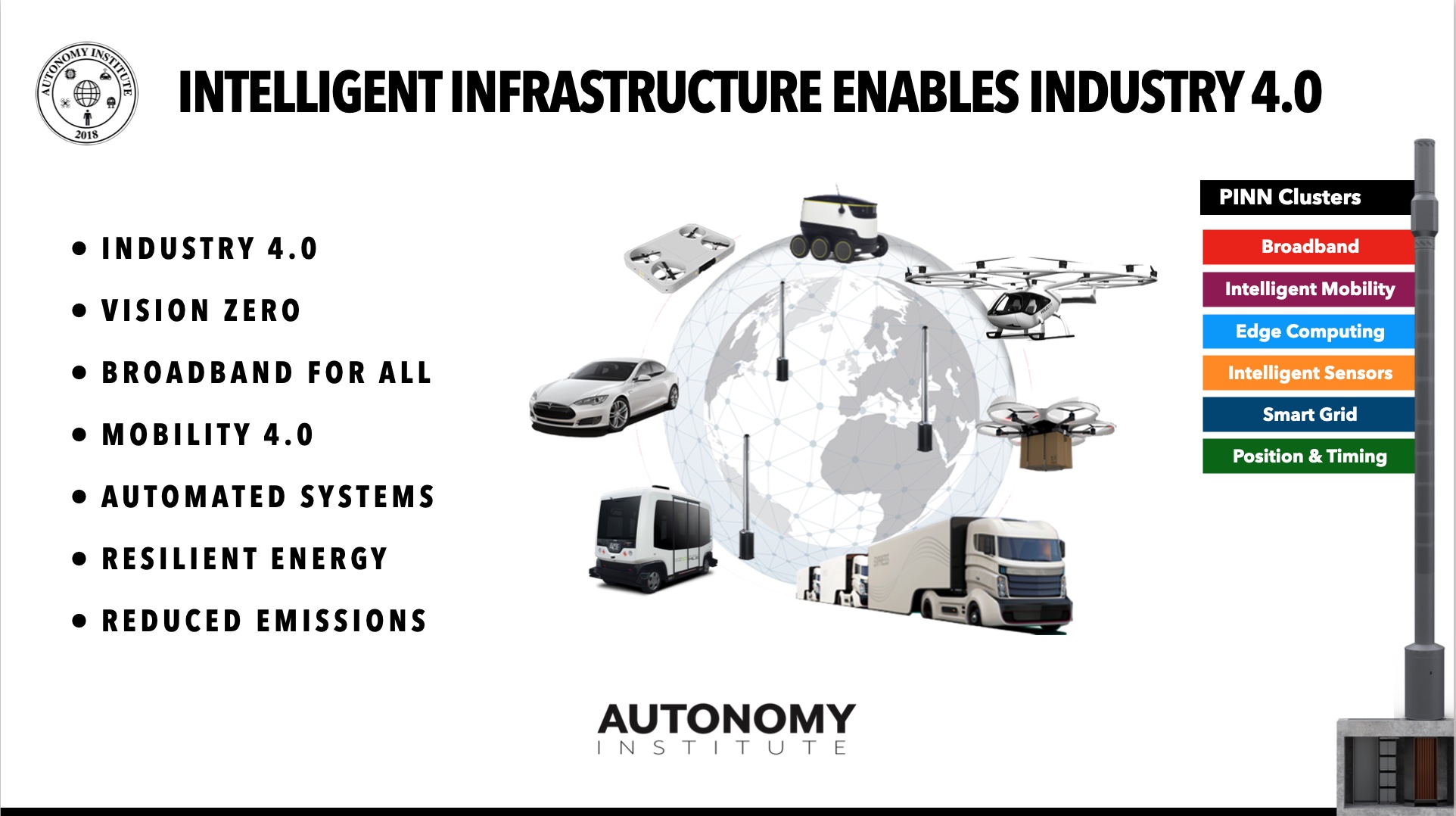
WHAT IS I3 INFRASTRUCTURE?
“No one has repealed the laws of physics. The higher you go in frequency, the more oxygen eats at the signal to reduce the distance it can travel. As a result, the higher the frequency, the smaller the cell radius, the more cells required to cover an area, the more infrastructure required to support the cells, and the greater the cost of the network.”
“The nature of our networks is changing . . . from transport to orchestration.”
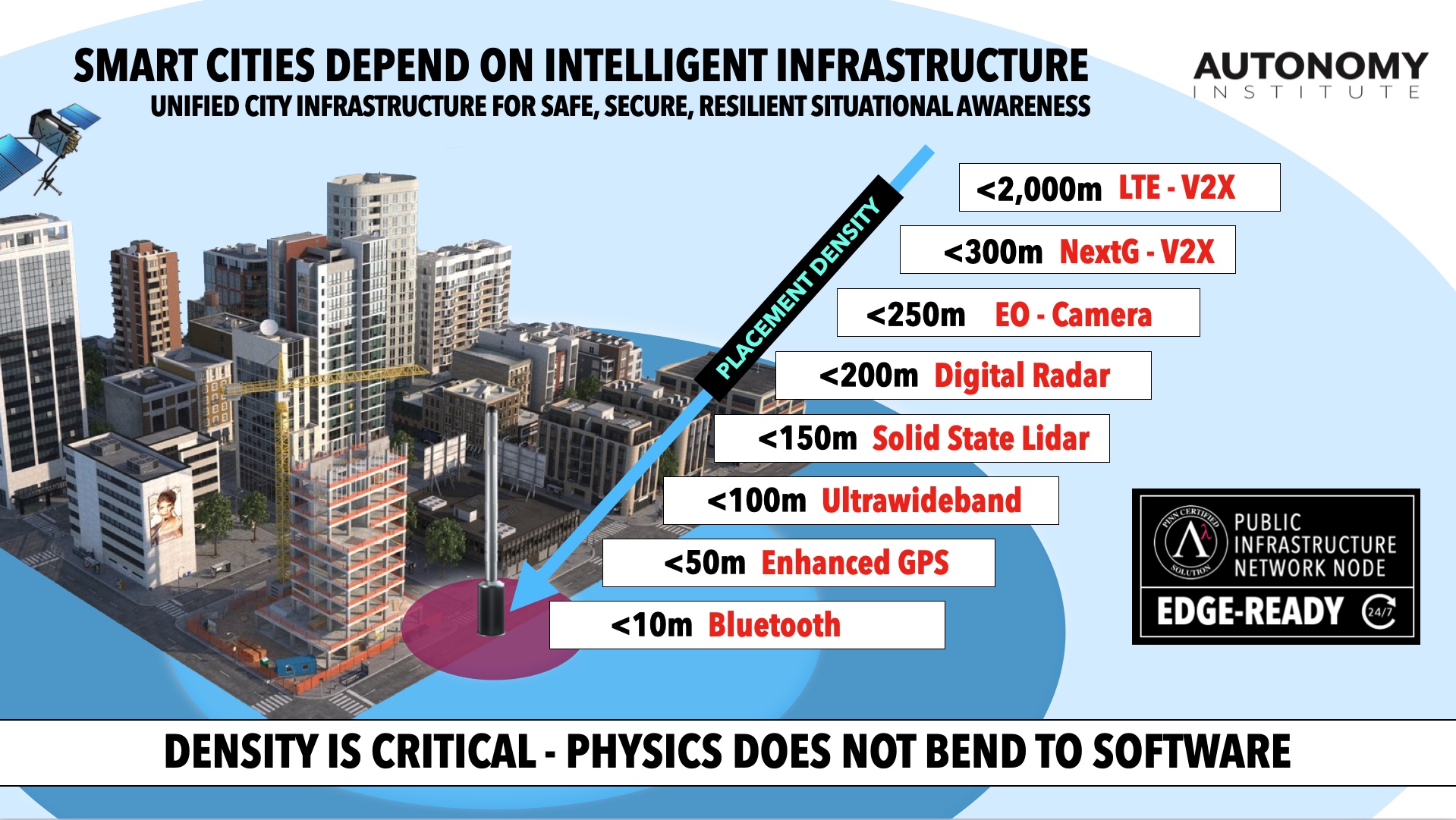
The great economic revolutions in history are infrastructure revolutions, and what makes the great infrastructure revolutions transformational is the convergence of new communications media with new energy regimes. Every energy revolution in history has been accompanied by its own unique communications revolution. Energy revolutions change the temporal and spatial reach of society and make possible more complex living arrangements, all of which require new communication media to manage and coordinate the new opportunities.
Jeremy Rifkin- Author and Economic & Social Theorist
INTELLIGENT APPLICATIONS AND DIGITAL TWIN
INTELLIGENT INFRASTRUCTURE
POWER – PLACEMENT – POCESSING – PIPELINE
-
Edge computing and 5G wireless networks are seen as two of the most vital components of the enablement of Industry 4.0 applications and solutions. Latency, data volume, and compute. This new computing layer will provide new levels of low-latency and high-performance data processing at the point of data creation. This requires new digital infrastructure on city sidewalks and the Autonomy Institute has worked with over 100 industry partners to develop a new standard called the Public Infrastructure Network Nodes (PINN).
-
PINNs are the bridge between the digital and the physical world at the point of data creation. The Public Infrastructure Network Node (PINN) initiative is the first unified open standard to support 5G Wireless Networks, Edge Computing, Situational Awareness Radar, C-V2X, Environmental Sensors, Assured Position Navigation and Timing (E-GPS), Intelligent Transportation Systems, Phased Array Backhaul, Optical & Lidar Fusion, and High-Speed Ingest.
-
PINNs are designed to deliver a multitude of advanced edge sensors and computing capabilities. This digital infrastructure will support decades worth of commercial impact and provide a platform that can easily be upgraded with new sensors, new radio access networks, and the continued evolution of computing resources. Data gravity now mandates that processing occurs at the digital edge and the PINN will power this next layer of computing.
INTELLIGENT INFRASTRUCTURE PROJECTS & STORIES
Path to Autonomy: The Future of Infrastructure and Smart Cities
Korok Ray, Professor and Director of the Mays Innovation Research Center, and Brent Skorup, Research Fellow at Mercatus Center at George Mason, have written a great paper on the “Dumb Infrastructure” that will support the Intelligent & Autonomous Systems. Smart City, Dumb Infrastructure White Paper
Qatar Doha Airport Road – Valmont: https://www.youtube.com/watch?v=FSGNYVAMF5k
LuxTurrim5G ecosystem creates the digital backbone for a smart city
Denver CityPole Verizon Xcel
https://lalights.lacity.org/index.html
Gartner Identifies the Top 10 Trends Impacting Infrastructure and Operations
Infrastructure Enabled Autonomy: A Distributed Intelligence Architecture for Autonomous Vehicles
Wonder when driverless cars could deliver your groceries? City of Austin works to pave the way
HPE: EDGE IS THE NEXT FRONTIER OF COMPUTING
Edge Computing will drive the largest infrastructure buildout in history. Edge infrastructure is vital to support critical systems for our developing Intelligent and Autonomous Cities. The edge will drive $700 billion cumulative CAPEX by 2030, State of the Edge Connected World.
Edge Computing will live at Public Infrastructure Network Nodes”. These PINNs support NextG Wireless, Autonomous Sensors, Intelligent Transportation System, and Edge Computing hardware and services.
What is Edge Computing?
Goldman Sachs – Edge Computing is a Necessity
Heather Bellini, Goldman Sachs
COMMUNITY IMPACT OF INTELLIGENT INFRASTRUCTURE
Hewlett Packard Enterprise CEO Antonio Neri Wednesday told shareholders that HPE’s intelligent edge strategy represents the next “frontier” in the future of computing.
“Our strategy has been clear: which is to accelerate the intelligent edge opportunity,” said Neri. “We believe the edge is the next frontier. That is why we are so bullish about our Aruba portfolio with the connectivity, security and analytics.”
INFRASTRUCTURE — THE FOUNDATION OF TRANSFORMATIONS
-
Freight Trains – required Railways and Depots
-
Aviation – required Control Towers, Communications, Radars, GPS
-
Interstate Commerce – required Roads, Highways, Bridges
-
Transport Ships – required Ports and Containers
-
Overnight Delivery – required Nonstop Systems and Air Transport
-
Internet – required Network Access Points, Data Centers, and Fiber
Great video from Wendover Productions on the history of Interstate Highways
The Interstate Highway “1955 Yellow Book Maps” created scars across our nation, this new Intelligent Infrastructure will create unified communities. We see a bulk share of the dollars coming from private industry.
PUBLIC INFRASTRUCTURE NETWORK NODES

-
Public Infrastructure Network Nodes (PINN) are the equivalent to the 19” rack within a data center.
-
PINNs support high-performance computing, advanced sensors, resilient high bandwidth wireless communications, and other critical services at the sidewalk.
-
PINNs will be a cornerstone infrastructure for a myriad of applications being deployed within cities and rural communities.
-
PINNs are supercritical nano data centers, even more, critical than the computers that run our traffic lights and commercial aviation systems.
-
PINNs will support extremely high-end compute to support the RF and sensor fusion processing at the node itself.
-
The PINN eliminates the major cost of backhaul over fiber and societal issues like privacy and data sovereignty.
-
The PINNs provide a critical complement to what has already been developed within the autonomous vehicle industry and secure the vital “Non-Cooperative” data stream to advance autonomy forward.
-
The intelligent platforms will be designed to make maximum safe use of the PINNs to minimize platform cost. Whether the platforms are wheeled, walking, or flying, they will use the same infrastructure.
-
The PINNs will extend standards for the open-access software that have been developed. With a target infrastructure design, these components will be stitched together into an open system supporting a growing list of intelligent applications.
-
Dynamic Infrastructure Upgrades. As our infrastructure becomes more digital, it requires more maintenance and upgrading than the non-electronic infrastructure. The Public Infrastructure Network Nodes were designed with this in mind and also include open interfaces permitting hardware and software upgrades without requiring infrastructure replacement.
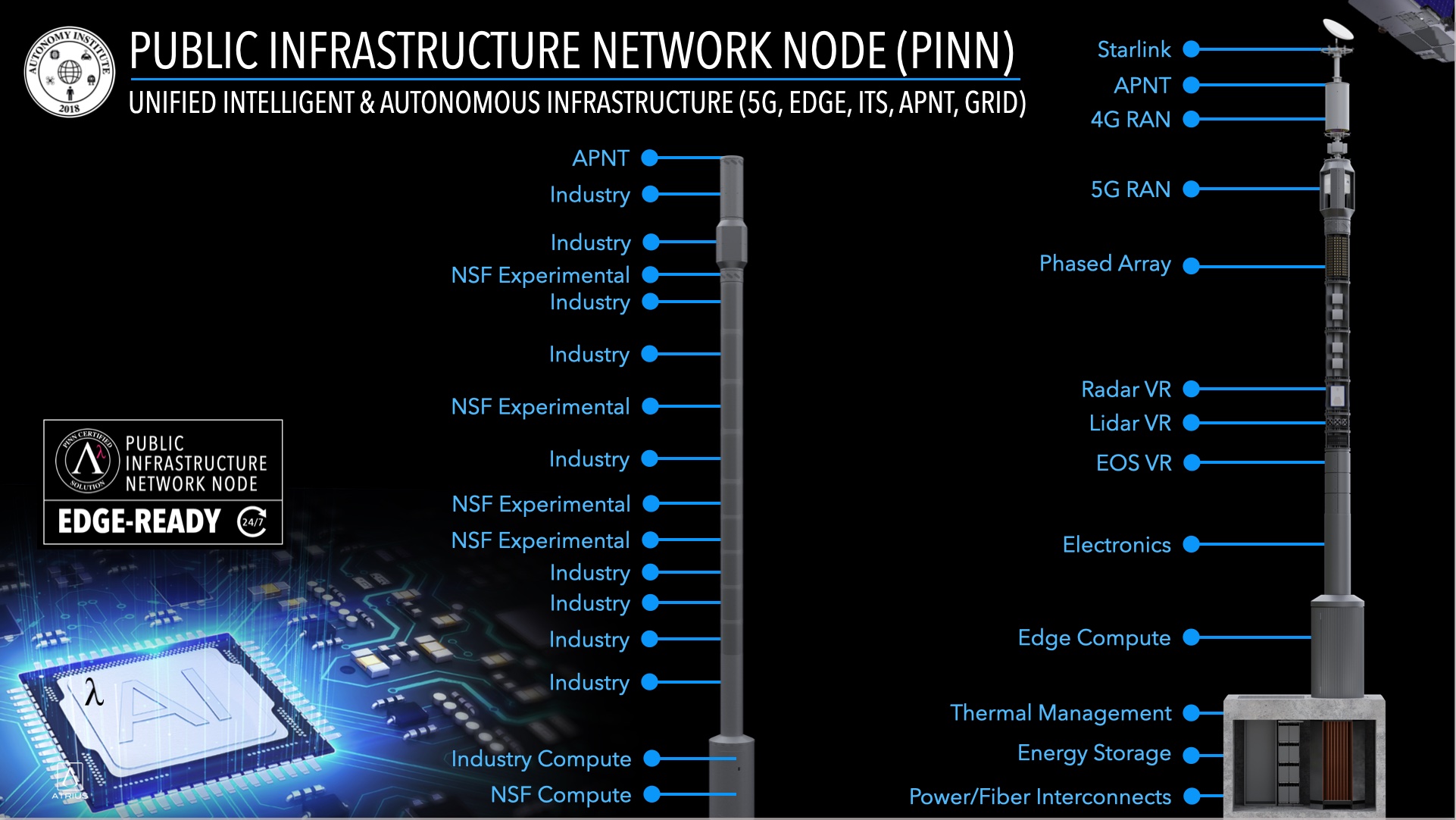
To flourish, a networked information economy rich in social production practices requires a core common infrastructure, a set of resources necessary for information production and exchange that are open for all to use. This requires physical, logical, and content resources from which to make new statements, encode them for communication, and then render and receive them. Yochai Benkler
TIME TO MOVE PAST INSTALLING DIRT ROADS


